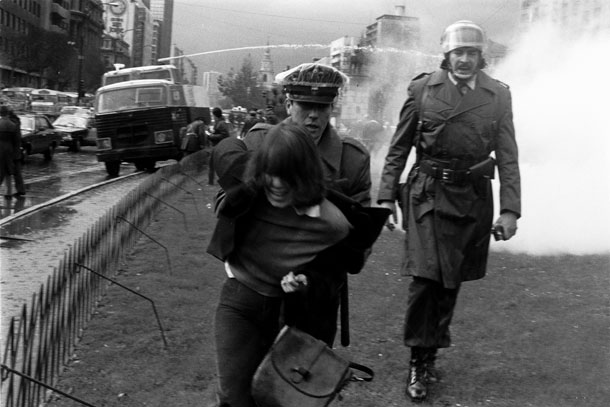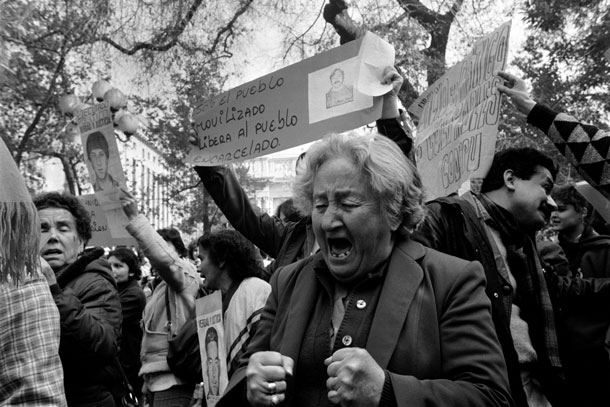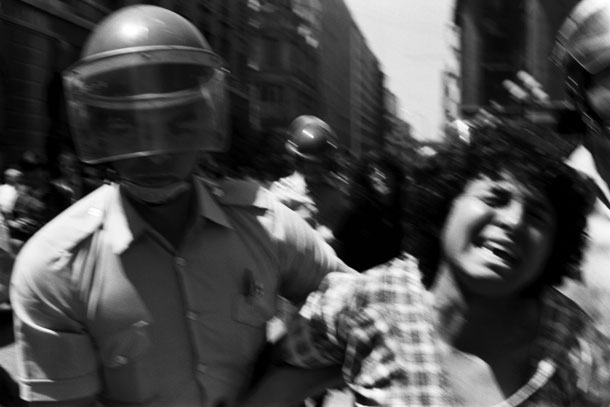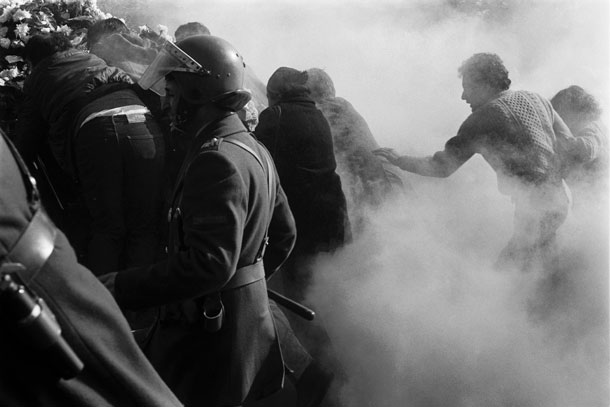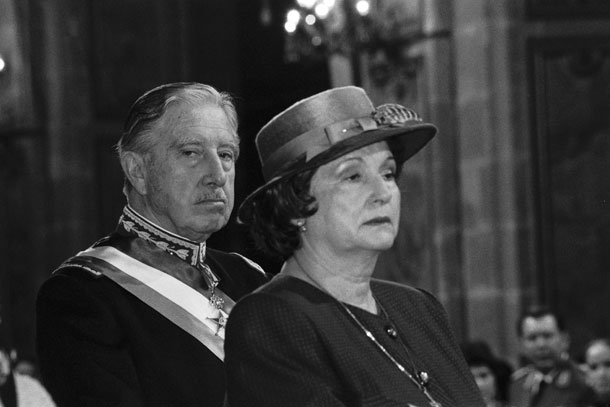Real life, politics and foreign affairs should matter to every photographer, even if you’re into macro and landscape. Understanding and capturing the human mind is the basis of every good photography. That’s why THEME brings you a topic like this, of the day exactly 40 years ago, on September 11, 1973, when a military coup led by General Augusto Pinochet toppled the democratic socialist government of Chile. President Salvador Allende was killed during the attack to seize La Moneda presidential palace. In the aftermath of the coup, a quarter of a million people were detained for their political beliefs, 3,000 were killed or disappeared and many thousands were tortured.
Some years later, in 1981, while Pinochet ruled Chile with iron fist, a young photographer called Juan Carlos Cáceres started to freelance in the streets of Santiago and the poblaciones or poor outskirts, showing the growing resistance against the dictatorship.
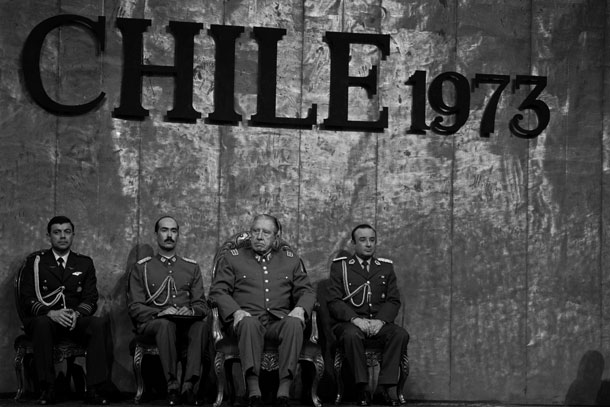
For the next 10 years, Cáceres photographed every single protest and social movement fighting for the restoration of democracy. He knew that his camera was his only weapon. He knew that his fate was to record the daily violence and leave his images for history.
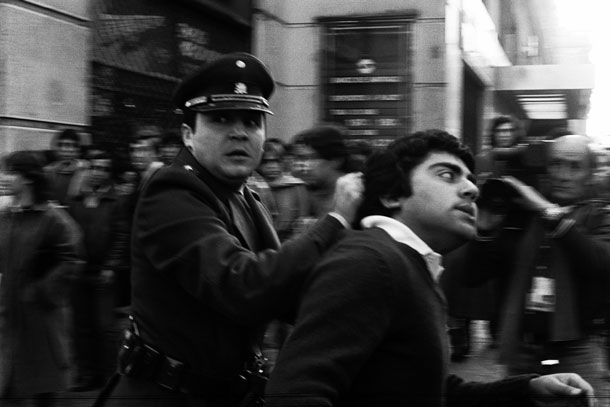
Today, Cáceres is working to rescue and organize his collection of images in the project Imagenes de la Resistencia. With support of some Chilean official institutions, thousands of negatives are digitalized and organized to set up the more complete visual heritage of this violent period of Chile´s history.
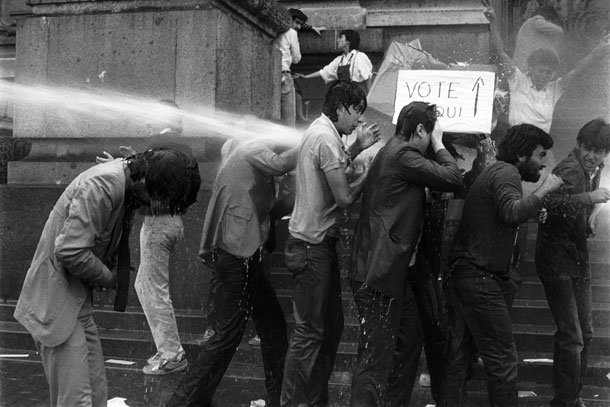
In a time when technology was not very friendly and communications were kind of basic, Juan Carlos Cáceres and other photojournalists were always at the right place in the right moment defying the threats of the police. Their work is now a visual heritage that documents and remind us on the fight of Chilean people for democracy.
(via Archivolatino)
